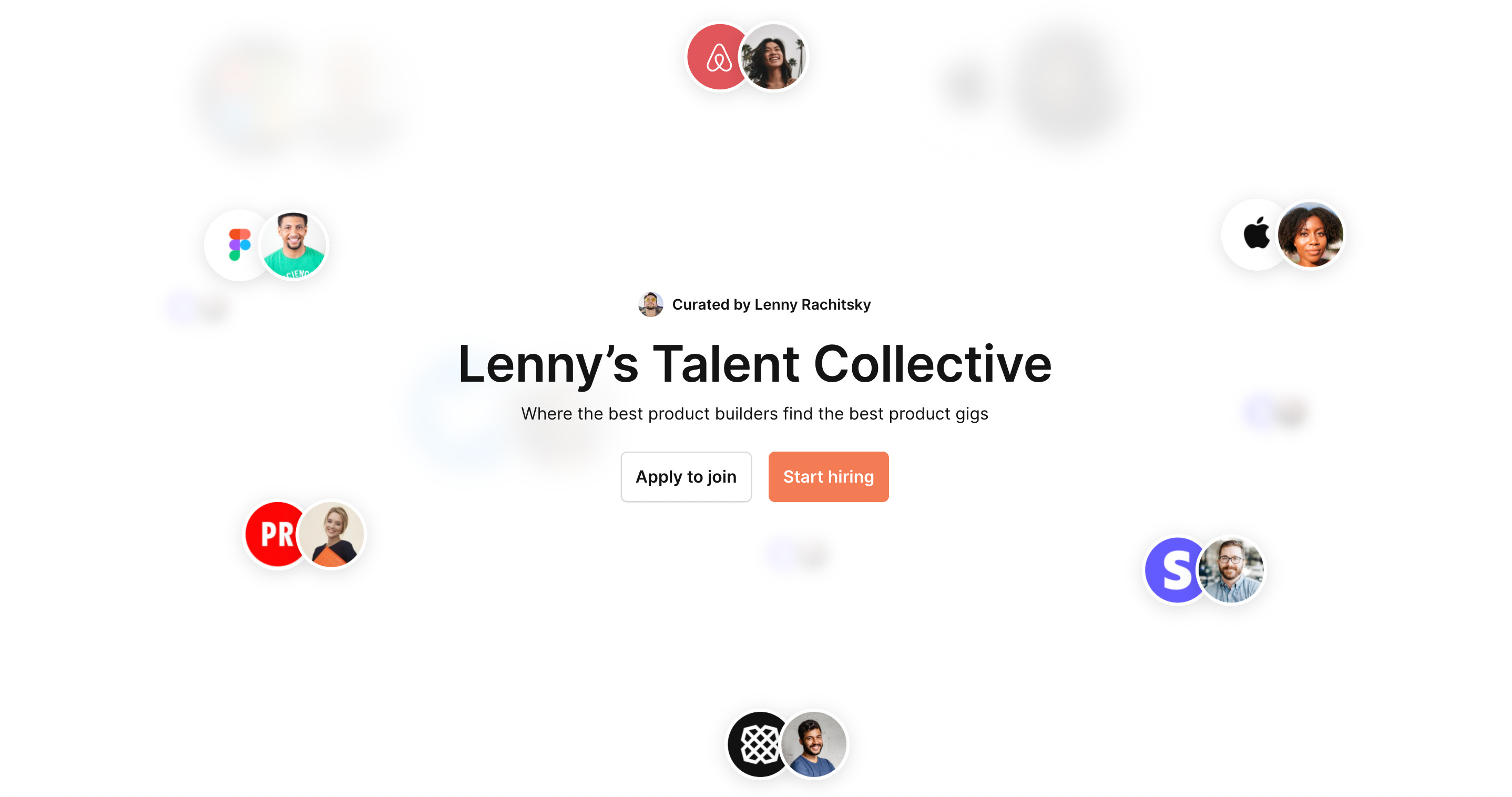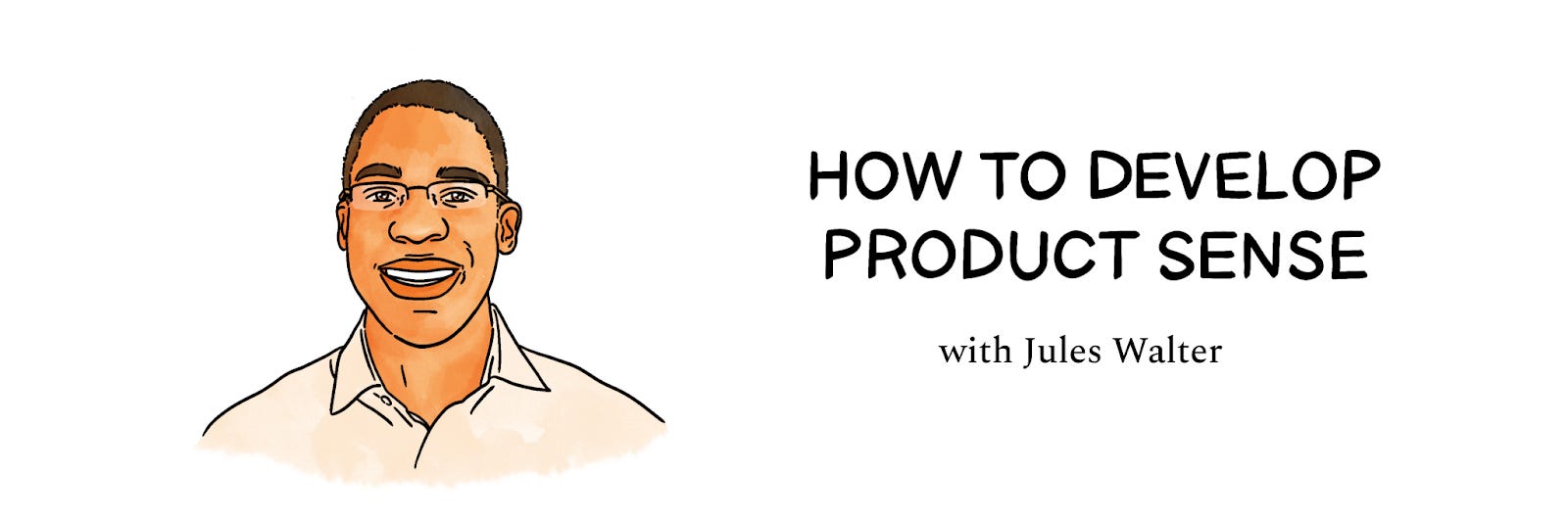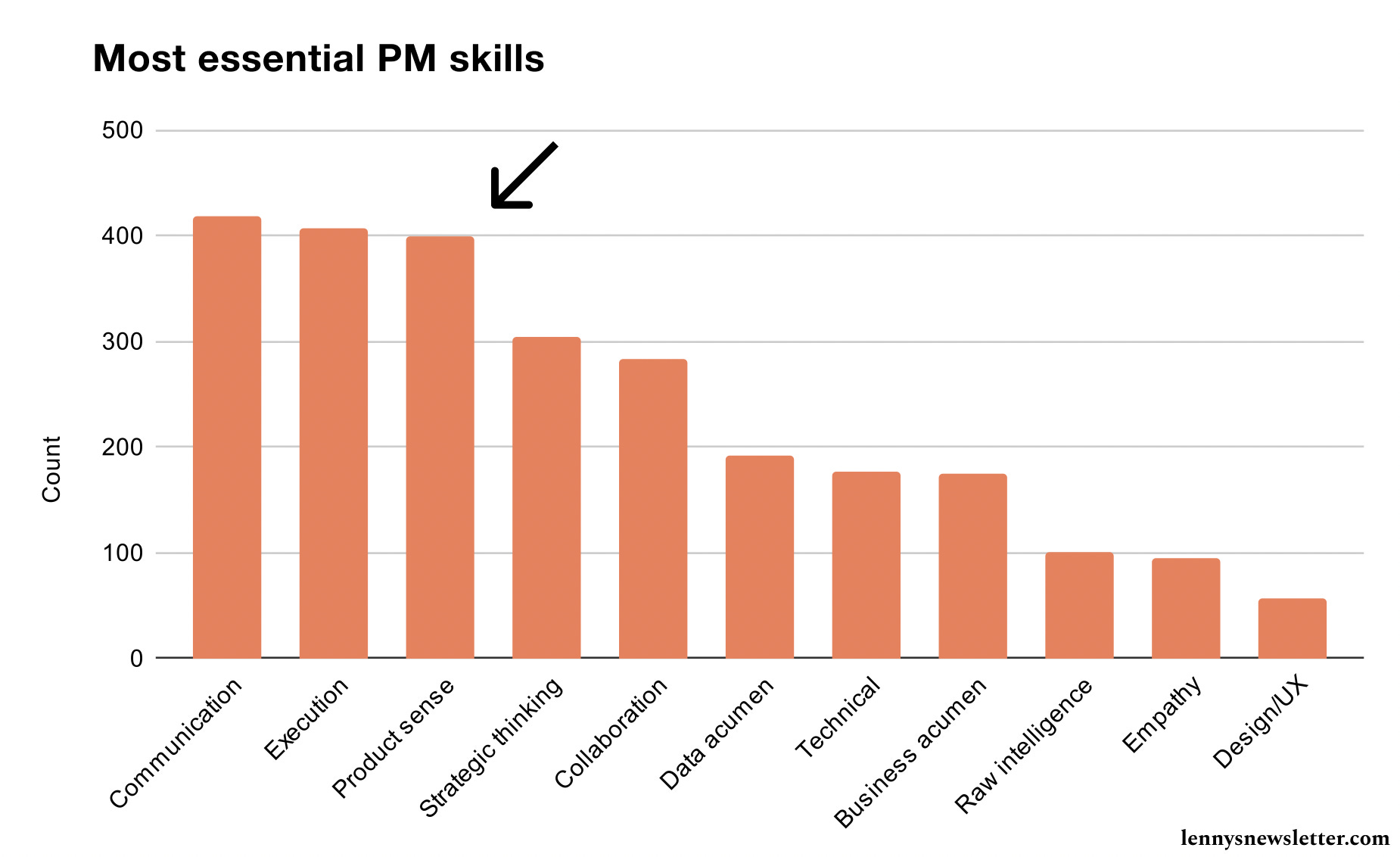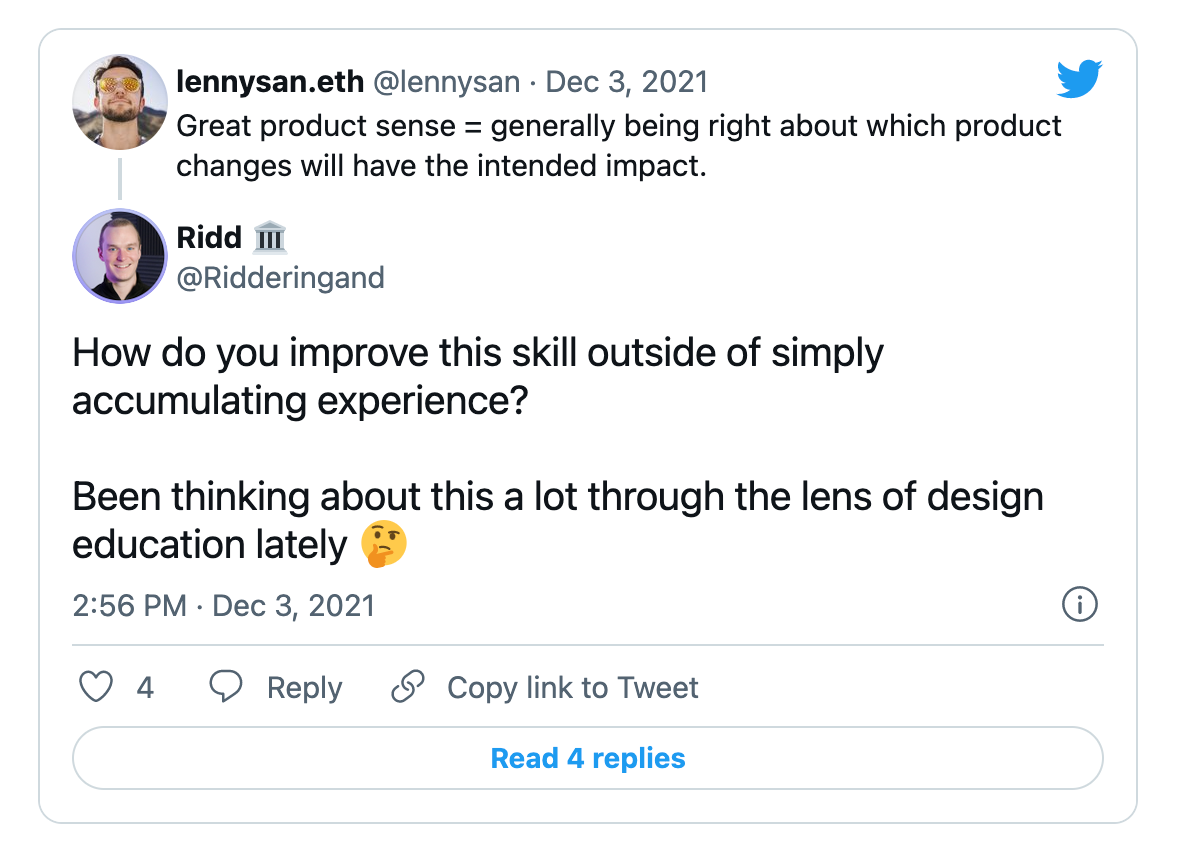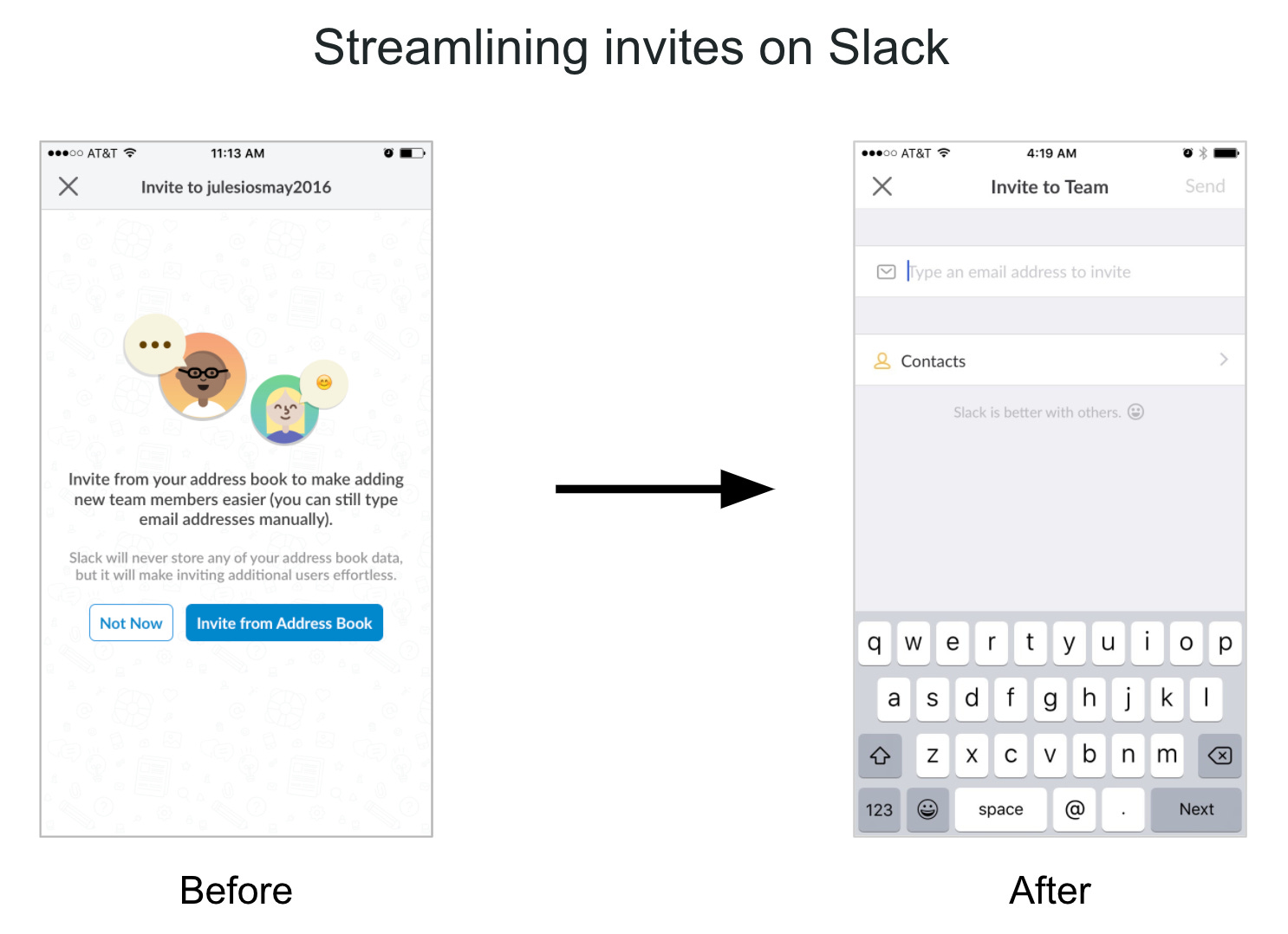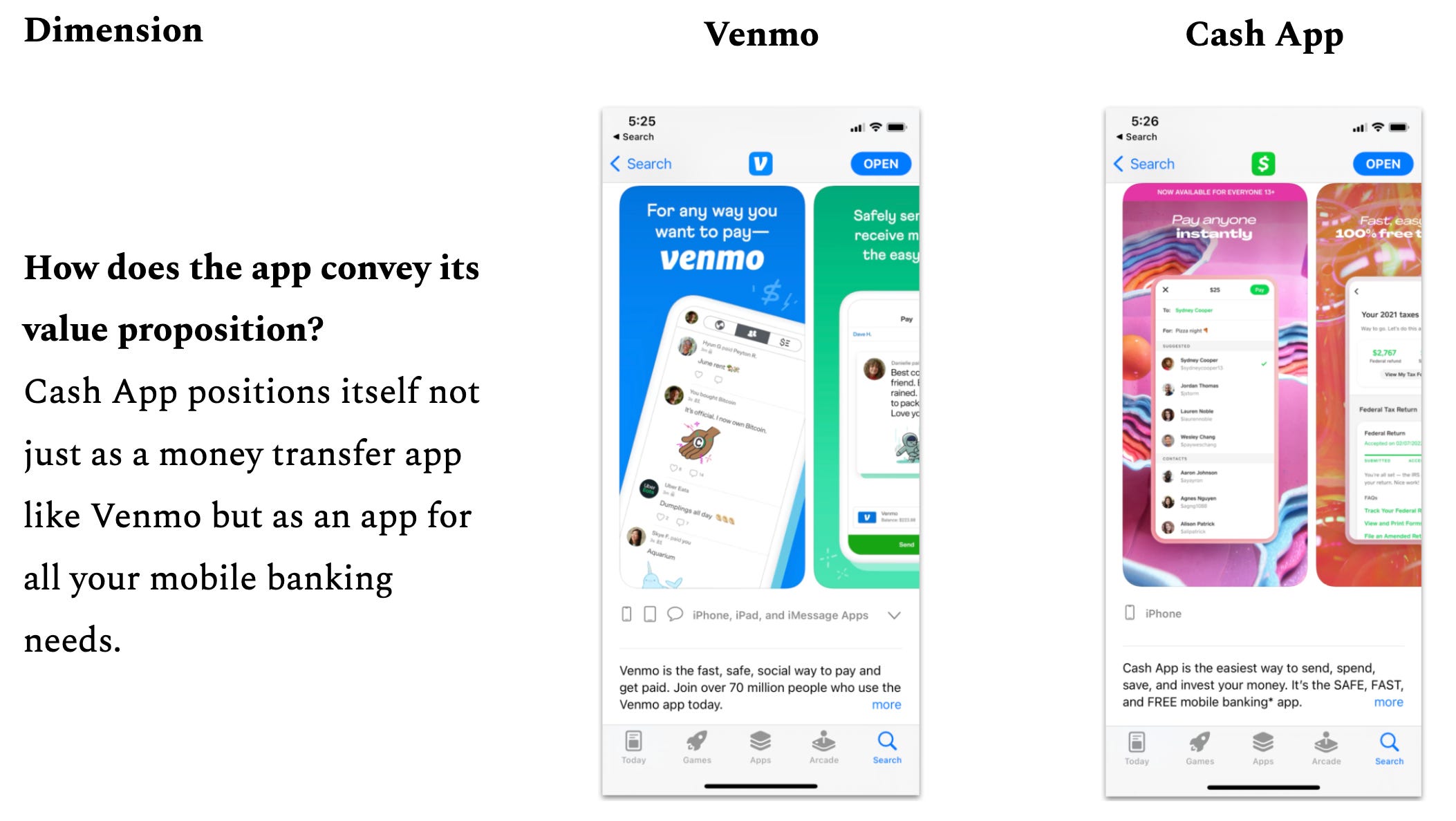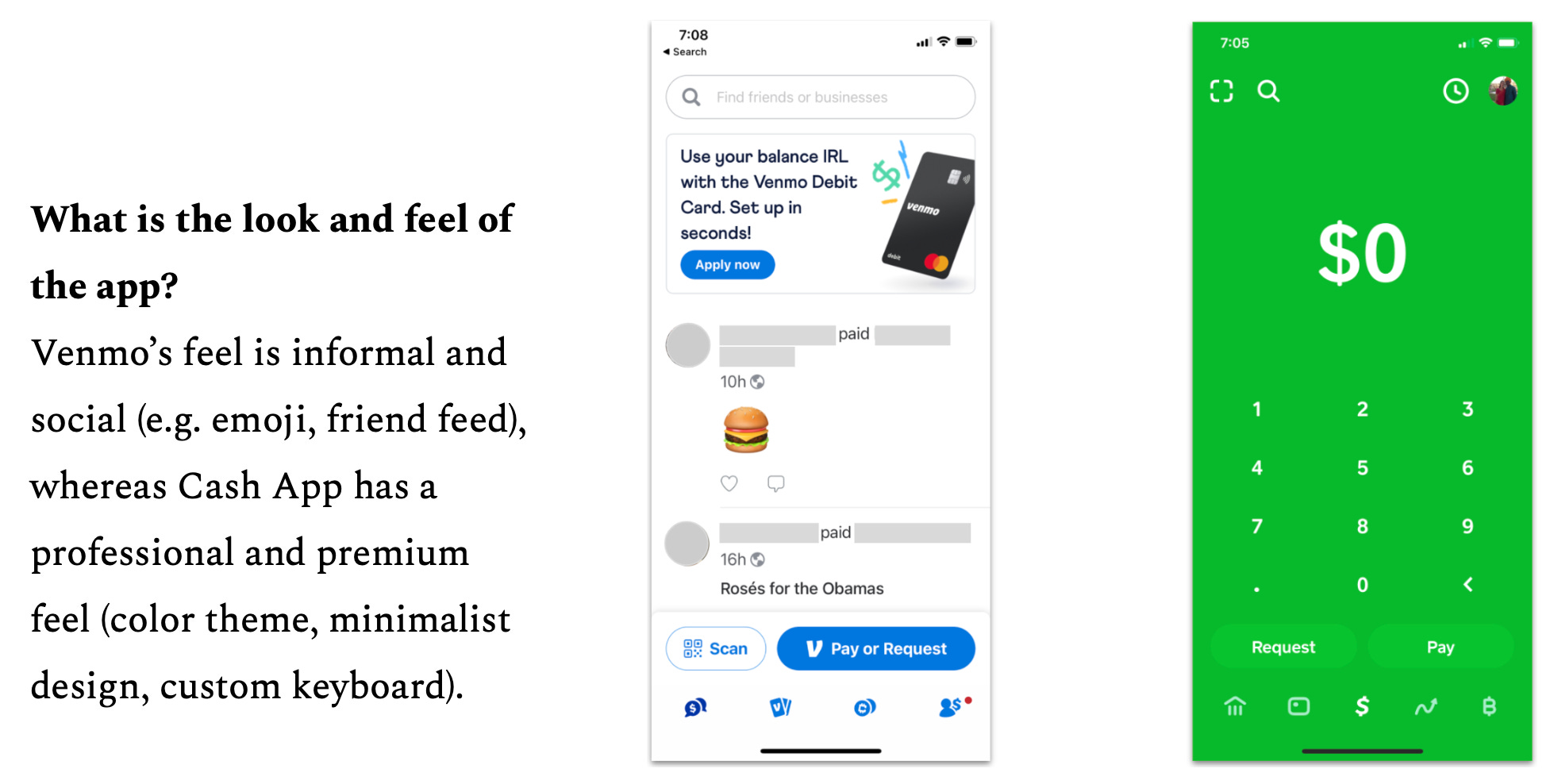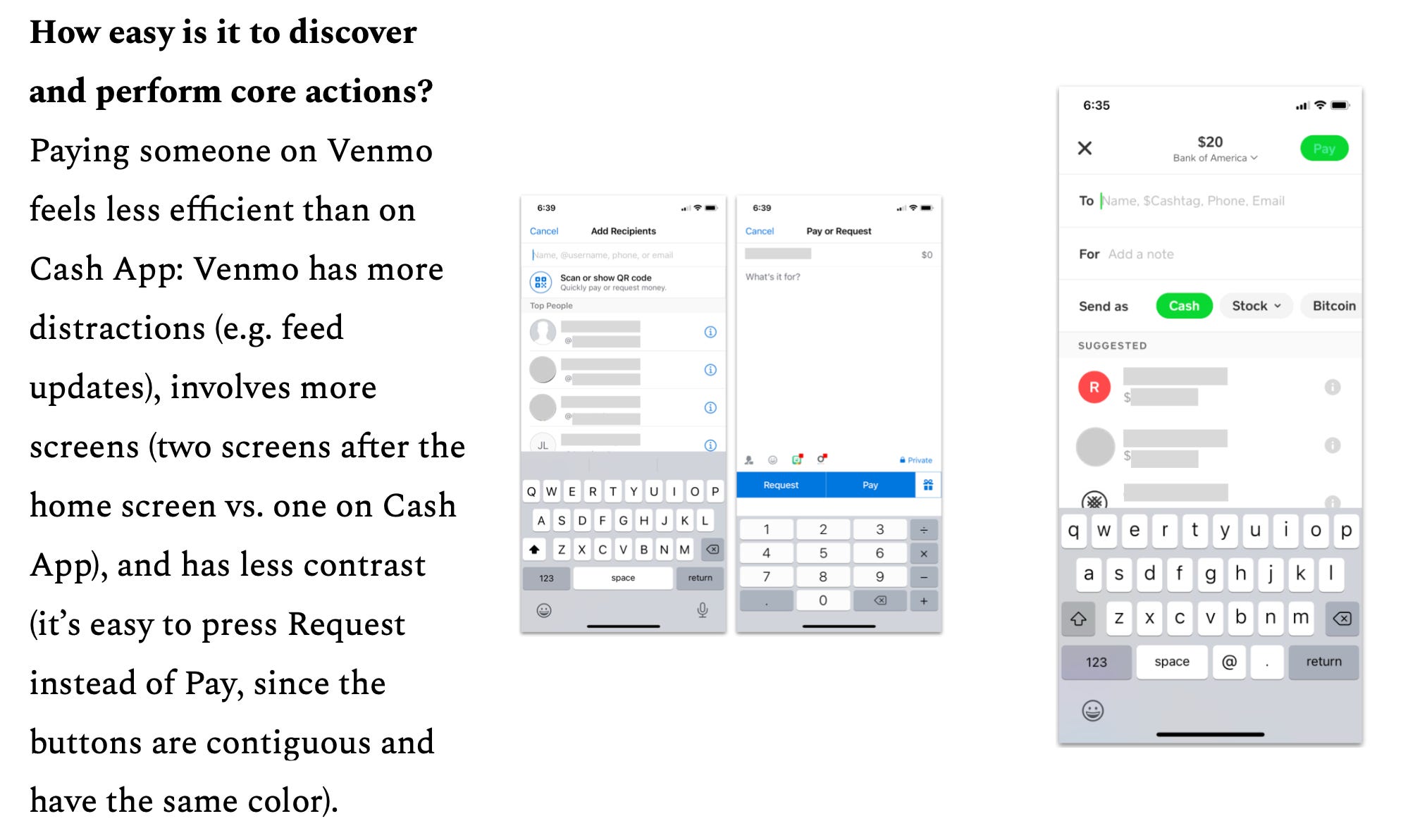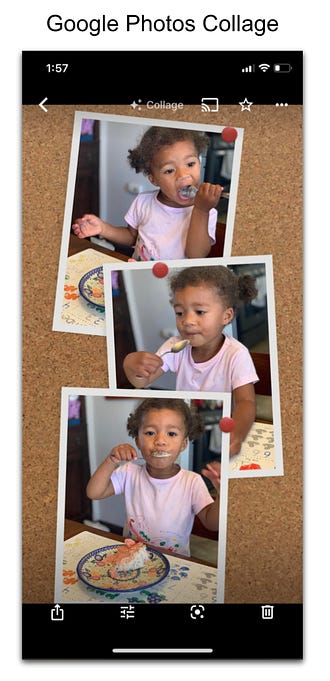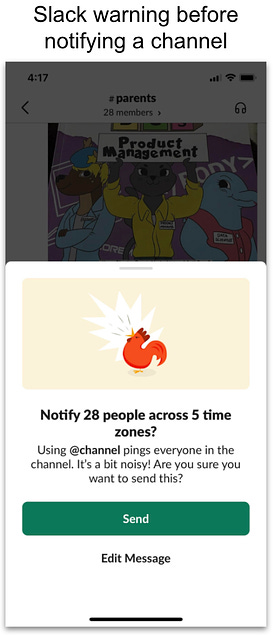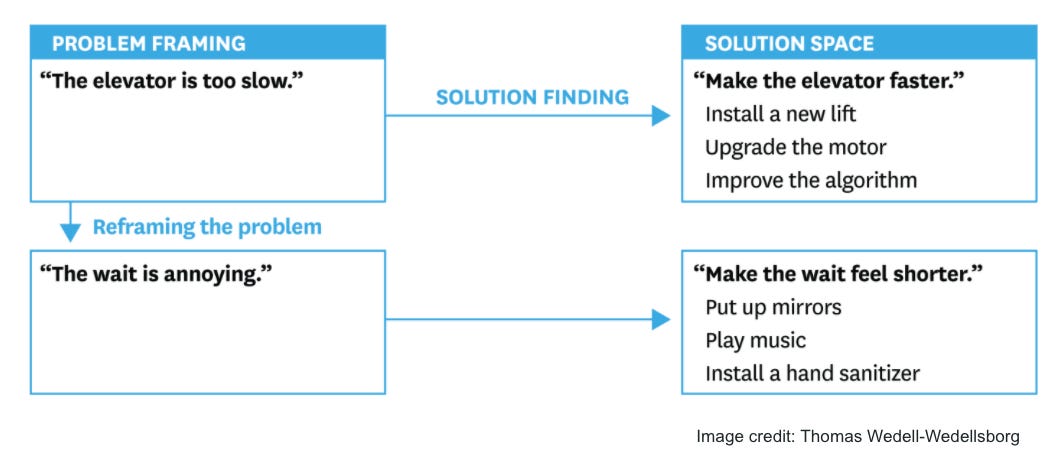Lenny's Newsletter - How to develop product sense
🎉 Announcing Lenny’s Talent CollectiveI’m kicking off a new initiative to help companies fill their open roles—and for you to find your next dream gig. If you’re hiring, apply now to start getting bimonthly drops of world-class product and growth people looking for new gigs. First drop coming this Wednesday. If you’re looking around, sign up and get sent rad opportunities without any obligation. You can be public or anonymous, and I’ll be curating the list of companies and people. We’ve already got 250+ people in the collective from companies like Apple, Shopify, Tesla, Uber, Opendoor, Snap, Etsy, Lyft, Nike, and others. My goal is to make this the best place in the world to hire product and growth people. Spots are limited, so apply now 👇 👋 Hey, Lenny here! Welcome to a ✨ monthly free edition ✨ of my weekly newsletter. Each week I tackle reader questions about building product, driving growth, working with humans, and anything else that’s stressing you out about work. If you’re not a subscriber, here’s what you missed this month:
Your question implies that it can be developed, and to that point, I 1,000% agree. Contrary to what a lot of PMs believe, product sense is not something you need to be born with. It’s a learned skill, just like any other PM skill. Sure, some people are naturally better at it, but that’s OK. You don’t need to be in the 99th percentile of this skill to be an incredibly successful PM. That being said, you are building a product as your job, and are often the final word on product decisions, so you absolutely do need to develop your product sense muscle, especially as you move up in seniority. To help you build your product sense, I’ve asked Jules Walter, a longtime PM at Slack and YouTube who’s also a prominent leader in the broader PM community, to share his hard-earned wisdom with us. Below, Jules unravels the mystery that is product sense. He shares a ton of actionable and practical advice to develop your product sense, explains what product sense is, how to know if you’re getting better, and dives deep into four concrete ways to build this skill with a bunch of examples from his own experience. Enjoy! You can follow Jules on Twitter and LinkedIn. Product sense is not only one of the most important PM skills (see chart below from Lenny’s survey of ~1,000 PMs)—it’s also the most vague. And it’s often the hardest to learn. There isn’t much written on the subject, and as a PM trying to improve your product sense, you may not know if you’re any good at it, or how to get better. I want to help. What exactly is product sense? 🤔Product sense is the skill of consistently being able to craft products (or make changes to existing products) that have the intended impact on their users. Product sense relies on (1) empathy to discover meaningful user needs and (2) creativity to come up with solutions that effectively address those needs. You likely have good product sense if you’ve championed successful features or products that were not obvious to others. Here are some examples of products born out of strong product sense:
Each of these products originated with strong product sense and offered creative solutions to previously unmet user needs. Building product senseI was the first PM on Slack’s growth team, where I spent more than four years building product experiences used by millions of people. I’m now a product leader at YouTube, where I’m building a yet-to-be-released zero-to-one product. In my roles, I’ve relied on product sense to bring unique insights to the table and drive user value and business impact. In this article, I will be discussing four practices for building product sense. Building empathy:
Improving creativity:
Let’s get to it. 1. Observe people interacting with products 🕵🏾One approach to developing empathy—and thus, product sense—is to repeatedly observe people using products, whether yours or other companies’. This practice will help you get better at identifying subtle user needs that others miss (e.g. social, emotional, or functional needs). You can start small. Initially, I recommend doing this two to four times a month for your product. Don’t just read reports from researchers on your team; instead attend user research sessions to get firsthand exposure to user experiences and reactions. What’s important is to pay attention to micro details and ask yourself why people react to your product the way they do. Observe their facial expressions as they try various aspects of your product, and try to spot moments when they’re hesitant, confused, excited, etc. In those moments, ask open-ended questions to better understand not just how they feel but, more importantly, why. Here are some sample questions you can ask:
When I joined Slack in 2016, our data indicated high churn rates for new users on mobile. We wanted to understand why, so we set up user research sessions and asked questions such as the ones above. Through those questions and through observing users, we learned that:
These new insights led us to come up with experiment ideas that enabled us to improve Slack’s product experience for new users and significantly increase the product’s retention rate. Below is one such experiment, which removed friction in the invite step and addressed users’ concerns around giving permission to their address books. After observing hundreds of people use products I’ve worked on (whether in research sessions or coffee shops etc.) and asking them questions about their usage, I’ve developed better instincts about how people will react to various product experiences. Here are five quick lessons about product usage that have stuck with me:
The more frequently and closely you watch people using products, the more observant you’ll become and the more empathy you’ll develop. 2. Deconstruct everyday products 👨🏾🔧️Another approach to developing empathy is to observe yourself using everyday products. I spend one or two hours a month trying out new products and deconstructing them. The goal is to strengthen my intuition about why some products work well and others don’t—this also helps me identify common UX best practices and paradigms. While deconstructing products, I recommend asking the types of questions Julie Zhuo shares in the article How to Do a Product Critique, such as:
If you want to go deeper in your understanding of a product, I recommend also looking at other products in the same category and comparing and contrasting them. For example, to better understand a product like Cash App, compare it with Venmo. You’ll see that these two seemingly similar money apps are fundamentally different. Below are a few dimensions you can look at to compare two products and better understand how they approach product decisions. By comparing a product with others in the space, some of the product design choices become more salient and it’s easier to get hints of the product’s strategy. For example, in the Cash App vs. Venmo comparison, it seems Venmo’s strategy is to lean into its social graph (use Venmo because your friends are already on it and you can easily make sure you’re sending the money to the right person), whereas Cash App is focused on ease of use and breadth of capabilities for people who want to go beyond just peer-to-peer transfers (run your personal finances or small business from your phone). When I use new products, I also observe my own self-talk and feelings, including moments of frustration, such as:
I also note moments when I experience delight, such as:
One bonus practice I recommend for improving your empathy and observation skills is meditation. I’ve been meditating for years, and it’s helped me become more perceptive—not just of other people’s feelings but also of my own. If you are new to meditation, I recommend starting with an app or joining a meditation community to help you form a daily habit. The more frequently and closely you observe people (and yourself), the more insight you will gain into their motivations and needs, and the more your empathy will grow. 3. Learn from great product thinkers 📓One of the biggest levers for developing creativity (and again, product sense) is to spend time with people who already have it. My creativity improved significantly after I joined Slack, partly because I observed how people like CEO Stewart Butterfield approached building products. If you’ve never worked at a company with strong product thinkers, I recommend joining such a company at some point in your career to strengthen your product fundamentals—the earlier, the better. If you’re not sure which companies to consider, start by thinking of companies whose products you use and love. Once you’re at a company with great product thinkers, I recommend attending as many product reviews as you can. Take copious notes during the reviews, and look for patterns in the questions and feedback you hear—i.e. what type of comments keep coming up. Over time, you’ll understand the mental checklists your product leaders use to ensure that new product ideas will be successful, and you’ll identify the principles they use to make product decisions and trade-offs. One of the things I learned from my exposure to Stewart Butterfield is that every detail about the user experience matters. “The details are not the details,” he would say, quoting designer Charles Eames. “They make the design.” Stewart’s obsession with the details is one of the main reasons why Slack exists and is used by millions of people. For example, if a user tries to use @channel to message a large number of teammates across multiple time zones in Slack, they’ll see a cartoon rooster (below) asking them to think twice about notifying these people. It’s a detail that wasn’t built to move metrics but rather to prevent anxiety for people who would otherwise receive work notifications at odd hours. The rooster icon was chosen to keep the tone playful so that the message sender doesn’t feel ashamed or guilty when they read the warning. This type of product detail can mean a lot to users. When I would review customer tickets at Slack, many of them were positive feedback from people thanking us for the thoughtfulness that the team put into the product. Sometimes people couldn’t even say exactly why they loved Slack—partly because what drew them wasn’t one big feature, but rather the attention to details across the product. I’ve learned that if you remove from your product lots of small annoyances that people deal with on a daily basis, the value you get from doing that adds up to something meaningful. Another lesson I learned from Stewart is to spend time understanding user problems and framing them in a way that sets strong constraints for the team. Many PMs jump into solution-finding before they truly understand the problem. This leads to ineffective solutions, or indecisiveness as their teams struggle to eliminate potential solutions. If you understand why a problem exists and frame it clearly, you will identify enough constraints that only a few solutions will be left, streamlining the decision-making process. For example, in the article Are You Solving the Right Problems?, Thomas Wedell-Wedellsborg gives an example of how two different framings of a problem lead to completely different solutions: This ability to reframe problems and set opinionated constraints is a key skill I’ve seen product thinkers use to drive creative solutions. If, on the other hand, you don’t work at a company with strong product thinkers, look for external mentors and read articles or interviews from people such as Julie Zhuo, Stewart Butterfield, David Lieb, and Rahul Vohra. If you’re able to connect with great product thinkers, here are some sample questions you can ask to better understand their processes and insights:
Gaining access to strong product thinkers may be difficult, but try to read as many blog posts or watch as many videos as you can where product leaders who you look up to share their thought processes. 4. Be curious about changes in technology and your domain📱Another practice for developing creativity is to spend time learning about emerging trends in technology, society, and regulations. Changes in the industry create opportunities for launching new products that can address user needs in new ways. As a PM, you want to understand what’s possible in your domain in order to come up with creative solutions. For example:
There are two levels at which you can look at emerging trends: the macro and the micro. At the macro level, you should keep track of important platform shifts (e.g. web3, AR/VR, AI), social shifts (e.g. the shift to remote work), and changes in regulations (e.g. new privacy protection laws). It’s important to keep an open mind about new technologies, because at first they receive a lot of skepticism and have obvious flaws. I still remember when people were skeptical of e-commerce and assumed it would never be safe to use credit cards online. When you see a new trend, instead of dismissing it as a fad, ask yourself, “If this trend reaches its full potential, what opportunities will it create that I can pursue?” There are many places to keep up with macro technology trends. For example, you can:
While the macro trends are helpful in seeing where the industry is going, many of the non-obvious opportunities lie in deeply understanding micro changes that may unlock new possibilities. For example, Figma’s high-quality browser-based application for designers became possible only once WebGL became performant enough. In order to understand the nuances of micro changes, I recommend meeting with engineers and domain experts and going deep with them on topics of interest, such as new APIs or platform capabilities. As Paul Graham said in How to Get Startup Ideas, “Live in the future, then build what’s missing.” Living in the future is also an effective approach to developing your product sense. How to tell if you’re getting better at product sense 📈Developing product sense takes time and practice. As you get better at it, you’ll:
I hope you decide to invest in developing your product sense, and that the practices in this article, on strengthening empathy and creativity, are as useful to you as they’ve been to me. Helpful resources 🙏🏾
Thanks to Lenny for the opportunity to contribute to this newsletter. And thanks to others who’ve shared thoughts or feedback for this article, including Courtney Lessard, Bangaly Kaba, Camille Edwards, David Lieb, Erin Teague, Lawrence Ripsher, Todd Sherman, and Shreyas Doshi. For more, follow Jules on Twitter and LinkedIn. 🔥 Featured job openings
Browse more open roles, or add your own, at Lenny’s Job Board. If you’re finding this newsletter valuable, consider sharing it with friends, or subscribing if you haven’t already. Sincerely, Lenny 👋 You’re a free subscriber to Lenny's Newsletter. For the full experience, become a paid subscriber. |
Older messages
A product manager’s guide to web3
Tuesday, February 15, 2022
How PMing in web3 is different, the pros and cons of going web3, how to break in, and how to be successful—by guest author Jason Shah, head of product at Alchemy
What is good monthly churn
Tuesday, February 8, 2022
Benchmarks for good and great monthly churn, by company type and price point
Lessons from 140+ angel investments
Tuesday, January 25, 2022
Biggest surprises, how to get started, what to look for when evaluating companies, plus a ton of advice from many smart investors
The inside story of Facebook Marketplace
Tuesday, January 18, 2022
A guest post by Deb Liu
The top 5 things PMs should know about engineering
Thursday, December 16, 2021
Guest post by Justin Gage, writer of Technically and growth at Retool
You Might Also Like
🚀 Ready to scale? Apply now for the TinySeed SaaS Accelerator
Friday, February 14, 2025
What could $120K+ in funding do for your business?
📂 How to find a technical cofounder
Friday, February 14, 2025
If you're a marketer looking to become a founder, this newsletter is for you. Starting a startup alone is hard. Very hard. Even as someone who learned to code, I still believe that the
AI Impact Curves
Friday, February 14, 2025
Tomasz Tunguz Venture Capitalist If you were forwarded this newsletter, and you'd like to receive it in the future, subscribe here. AI Impact Curves What is the impact of AI across different
15 Silicon Valley Startups Raised $302 Million - Week of February 10, 2025
Friday, February 14, 2025
💕 AI's Power Couple 💰 How Stablecoins Could Drive the Dollar 🚚 USPS Halts China Inbound Packages for 12 Hours 💲 No One Knows How to Price AI Tools 💰 Blackrock & G42 on Financing AI
The Rewrite and Hybrid Favoritism 🤫
Friday, February 14, 2025
Dogs, Yay. Humans, Nay͏ ͏ ͏ ͏ ͏ ͏ ͏ ͏ ͏ ͏ ͏ ͏ ͏ ͏ ͏ ͏ ͏ ͏ ͏ ͏ ͏ ͏ ͏ ͏ ͏ ͏ ͏ ͏ ͏ ͏ ͏ ͏ ͏ ͏ ͏ ͏ ͏ ͏ ͏ ͏ ͏ ͏ ͏ ͏ ͏ ͏ ͏ ͏ ͏ ͏ ͏ ͏ ͏ ͏ ͏ ͏ ͏ ͏ ͏ ͏
🦄 AI product creation marketplace
Friday, February 14, 2025
Arcade is an AI-powered platform and marketplace that lets you design and create custom products, like jewelry.
Crazy week
Friday, February 14, 2025
Crazy week. ͏ ͏ ͏ ͏ ͏ ͏ ͏ ͏ ͏ ͏ ͏ ͏ ͏ ͏ ͏ ͏ ͏ ͏ ͏ ͏ ͏ ͏ ͏ ͏ ͏ ͏ ͏ ͏ ͏ ͏ ͏ ͏ ͏ ͏ ͏ ͏ ͏ ͏ ͏ ͏ ͏ ͏ ͏ ͏ ͏ ͏ ͏ ͏ ͏ ͏ ͏ ͏ ͏ ͏ ͏ ͏ ͏ ͏ ͏ ͏ ͏ ͏ ͏ ͏ ͏ ͏ ͏ ͏ ͏ ͏ ͏ ͏ ͏ ͏ ͏ ͏ ͏ ͏ ͏ ͏ ͏ ͏ ͏ ͏ ͏ ͏ ͏ ͏ ͏ ͏ ͏ ͏ ͏ ͏ ͏
join me: 6 trends shaping the AI landscape in 2025
Friday, February 14, 2025
this is tomorrow Hi there, Isabelle here, Senior Editor & Analyst at CB Insights. Tomorrow, I'll be breaking down the biggest shifts in AI – from the M&A surge to the deals fueling the
Six Startups to Watch
Friday, February 14, 2025
AI wrappers, DNA sequencing, fintech super-apps, and more. ͏ ͏ ͏ ͏ ͏ ͏ ͏ ͏ ͏ ͏ ͏ ͏ ͏ ͏ ͏ ͏ ͏ ͏ ͏ ͏ ͏ ͏ ͏ ͏ ͏ ͏ ͏ ͏ ͏ ͏ ͏ ͏ ͏ ͏ ͏ ͏ ͏ ͏ ͏ ͏ ͏ ͏ ͏ ͏ ͏ ͏ ͏ ͏ ͏ ͏ ͏ ͏ ͏ ͏ ͏ ͏ ͏ ͏ ͏ ͏ ͏ ͏ ͏ ͏ ͏ ͏ ͏ ͏ ͏ ͏ ͏
How Will AI-Native Games Work? Well, Now We Know.
Friday, February 14, 2025
A Deep Dive Into Simcluster ͏ ͏ ͏ ͏ ͏ ͏ ͏ ͏ ͏ ͏ ͏ ͏ ͏ ͏ ͏ ͏ ͏ ͏ ͏ ͏ ͏ ͏ ͏ ͏ ͏ ͏ ͏ ͏ ͏ ͏ ͏ ͏ ͏ ͏ ͏ ͏ ͏ ͏ ͏ ͏ ͏ ͏ ͏ ͏ ͏ ͏ ͏ ͏ ͏ ͏ ͏ ͏ ͏ ͏ ͏ ͏ ͏ ͏ ͏ ͏ ͏ ͏ ͏ ͏ ͏ ͏ ͏ ͏ ͏ ͏ ͏ ͏ ͏ ͏ ͏ ͏ ͏ ͏ ͏ ͏ ͏ ͏ ͏ ͏ ͏ ͏ ͏

